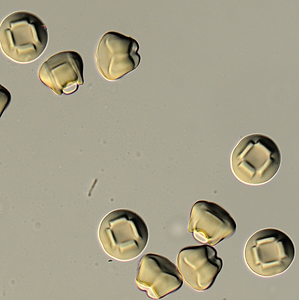
Dr. Dae Kun Hwang, P.Eng
Toronto Metropolitan University
Department of Chemical Engineering
iBEST St. Michael's Hospital
Microfluidics-based synthesis of microparticles and membranes
Recent developments in micro/nanofabrication technologies enable miniaturization in a broad range of research areas. Soft lithography, an inexpensive, convenient, and rapid alternative to conventional microfabrication, has accelerated this miniaturization, especially in biological research fields. Such miniaturized devices (labs-on-a-chip), which perform laboratory operations at a micro/nano scale, offer great benefits such as reducing the time for product synthesis/analysis, exhibiting unique behaviours of liquids, and substantially lowering chemical waste. In particular, the manipulation of fluids at such a small scale in confined geometries has emerged as a distinct field known as microfluidics, which has been an alternative but promising technique for synthesis of polymeric materials: microparticles and membranes. Microfluidic-based synthesis offers not only distinctive features in which particles and membranes are multi-functional, but also precise control over their material properties (size, shape, pore profile, chemical anisotropy, and functionality).

Development of 3D Wrinkled surface Platforms
We have recently developed a novel route to fabricate 3D wrinkled surfaces. 2D wrinkles have proven potential in various industries; however, its applications are currently limited to planar surface because the fabrication of 3D wrinkled surface are challenging. Extending wrinkles from 2D to 3D will take wrinkle applications into a new dimension and open up many new routes for technological exploitation, such as biotechnology, flexible electronics and photovoltics, where wrinkles play critical functional roles. For example, cells can sense 3D wrinkled microstructures, climb onto them and bridge them, potentially providing a novel surface platform to better understand cellular behaviours on surface microenvironment.

Optical Tool-Box Development of textured Liquid Crystals (LCs)
Formulate the computational optical science of textured LCs to better understand their characteristics and optimize functionalities of relevance to LC applications of interest.
